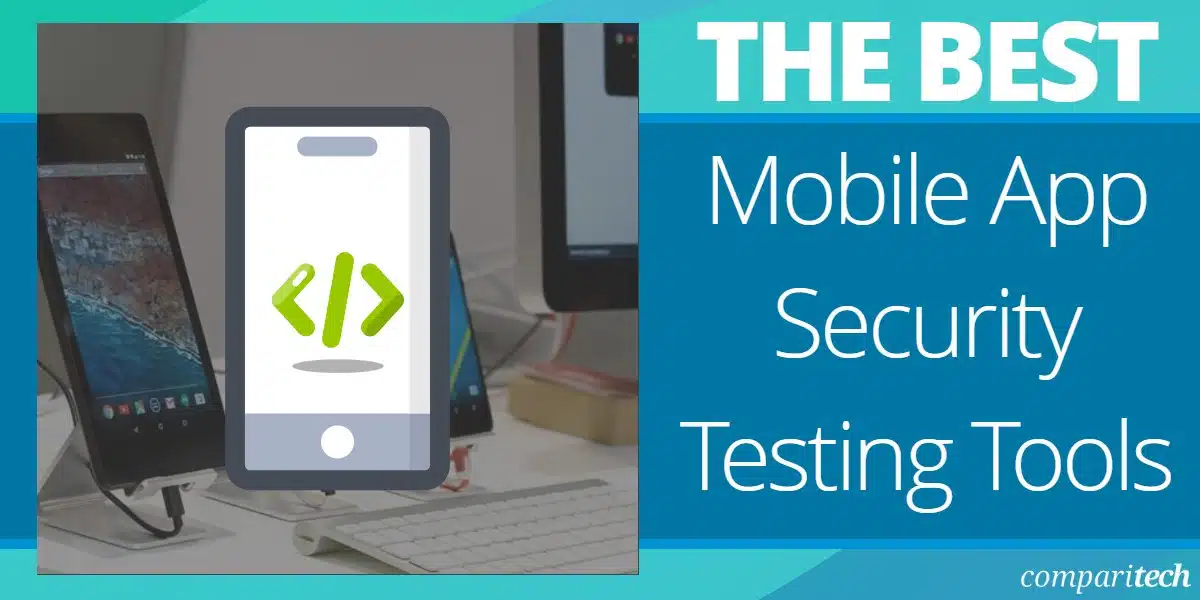Containerization is the process of packaging an application with its dependencies so that it can run isolated from other applications on the same server and works as mobile app security tools. Containers provide a lightweight virtualization environment and can be used to run multiple applications on a single server or host.
Containers are built on top of a Linux kernel, which allows each container to run as a separate process and limits the resources that the process can use. This makes containers more efficient and portable than traditional virtual machines, which can be very large and consume a lot of resources.
To create a container, you need to create a file called a Dockerfile. This file contains all the instructions for building the container, including which dependencies to install, which files to copy into the container, and how to start the application.
Once you have a Dockerfile, you can use the docker build command to build the container. This will create a container image, which is a file that can be used to create a container.
To run a container, you can use the docker run command. This will start the container and run the application inside it.
Containerization is a great way to package and deploy applications. It allows you to run multiple applications on a single server and makes it easy to move applications between servers. Containerization also makes it easy to create secure environments for mobile apps.
Benefits of Containerization for Mobile App Security
In the past few years, there has been a growing trend of organizations adopting containerization to secure their mobile apps. Containers offer many benefits for mobile app security, including the ability to isolate apps from each other, increase security visibility, and reduce the attack surface.
Isolation
One of the key benefits of containerization is the isolation it provides. By isolating apps from each other, containers help to prevent one compromised app from affecting the security of other apps. This is especially important for mobile apps, which are often used to access sensitive data. By isolating apps from each other, containers can help to ensure that a single compromised app does not jeopardize the security of the entire device.
Visibility
Another benefit of containerization is the increased visibility it provides. By separating apps into different containers, organizations can more easily monitor and track activity within each container. This can help to identify suspicious activity and potential threats. Additionally, this visibility can help to ensure that apps are complying with security policies.
Reduced Attack Surface
Finally, containerization can help to reduce the attack surface. By isolating apps from each other, containers can help to prevent an attacker from accessing sensitive data on one app by compromising another app. Additionally, containers can help to prevent an attacker from accessing the underlying operating system. This can help to further reduce the attack surface and make it more difficult for an attacker to compromise a device.
Containerization vs Other Mobile App Security Techniques: A Comparison
Technological advancements have led to the development of various tools that help protect mobile apps. App developers must carefully assess their app security needs and choose the most appropriate security measure. In this blog, we compare containerization with other mobile app security techniques.
Advantages of Containerization
- Increased security: Containerization provides an extra layer of security as the app is isolated from the underlying host operating system.
- Easy to deploy: Containers can be easily deployed on any platform that supports container technology.
- Flexible: Containers can be easily scaled up or down as per the requirement.
- Portable: Containers can be easily moved from one platform to another.
- Resource efficiency: Containers use fewer resources as compared to virtual machines.
Comparison with Other Mobile App Security Techniques
- Sandboxing: Sandboxing is a security technique that isolates an app from the rest of the system. This isolation prevents the app from accessing the underlying operating system. Sandboxing is similar to containerization in terms of increased security and easy deployment. However, sandboxing is less flexible as compared to containerization.
- Mobile Device Management (MDM): MDM is a security technique that allows the IT department to manage and monitor mobile devices. MDM provides several security features such as remote wipedown, app blacklisting, and data encryption. MDM is more suitable for enterprise apps as compared to containerization.
How Containerization Works in Mobile App Security?
The containerization of mobile apps has become an important security measure for many organizations. By containerizing an app, you can create a secure environment in which the app can run without having access to the underlying operating system or other apps on the device. This can help to prevent data leakage and malware infections and can also make it easier to manage the security of mobile apps.
The most important factor in deciding which approach to use is to understand the security risks that you are trying to protect against. For example, if you are worried about data leakage, then you will need to ensure that the app cannot access any sensitive data on the device. If you are worried about malware, then you will need to ensure that the app cannot execute any malicious code.
Once you have decided which approach to use, you will need to implement it. This can be done using a number of different tools and technologies, depending on the approach that you have chosen.
Containerization Challenges and Limitations: Addressing Security Risks
The world is increasingly mobile, and so are the applications that we use. Containerization is a popular way to package and distribute mobile apps, but it comes with its own set of challenges and limitations. In this blog post, we’ll take a look at some of the challenges and limitations of containerization, as well as how to address them from a security perspective.
One of the challenges of containerization is that it can be difficult to control what goes into a container. This can lead to containers that are insecure and vulnerable to attack. To address this, it’s important to use a trusted container registry and to carefully monitor and control the contents of your containers.
Another challenge is that containers can be complex to configure and manage. This can make it difficult to ensure that they are secure. To address this, it’s important to use a content management platform that makes it easy to deploy and manage containers.
Finally, containers can be difficult to troubleshoot and debug. This can make it difficult to identify and fix security issues. To address this, it’s important to use a content management platform that provides visibility into the runtime state of your containers.
Conclusion
By understanding the challenges and limitations of containerization with Appsealing, you can take steps to address them from a security perspective. By using a trusted container registry, monitoring and controlling the contents of your containers, and using a content management platform, you can help to ensure that your containers are secure.






























